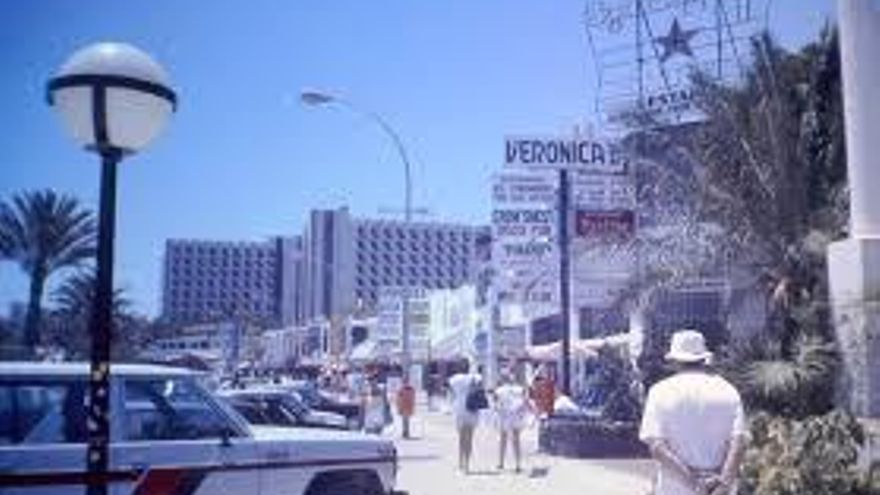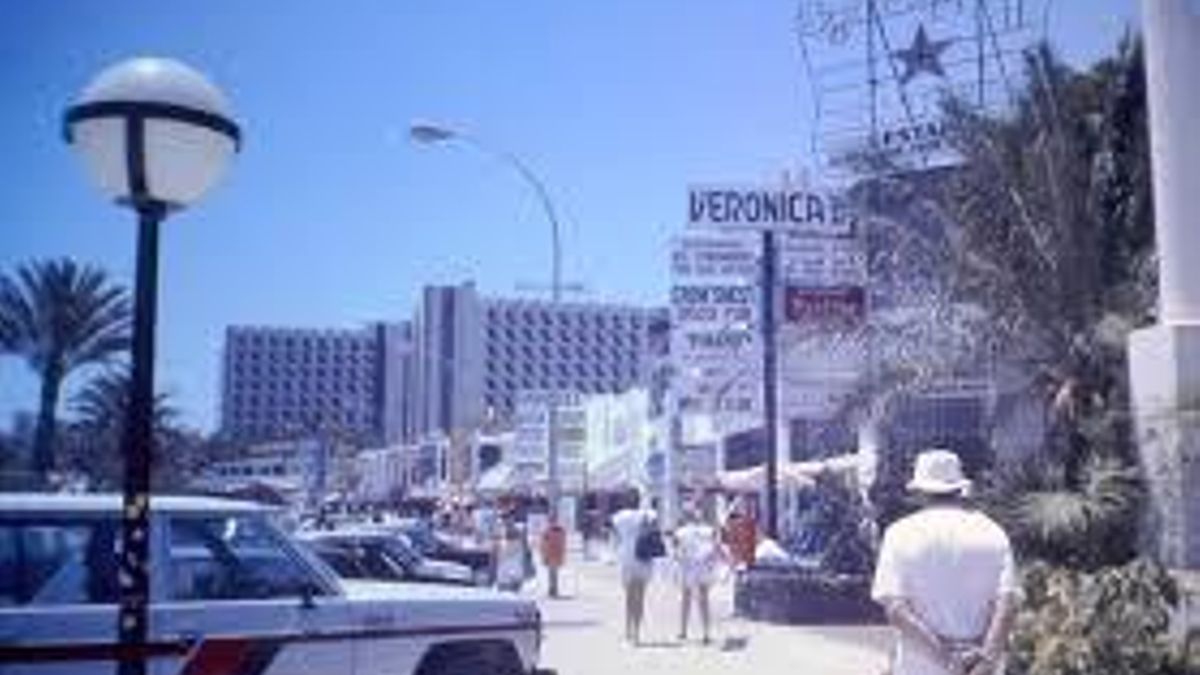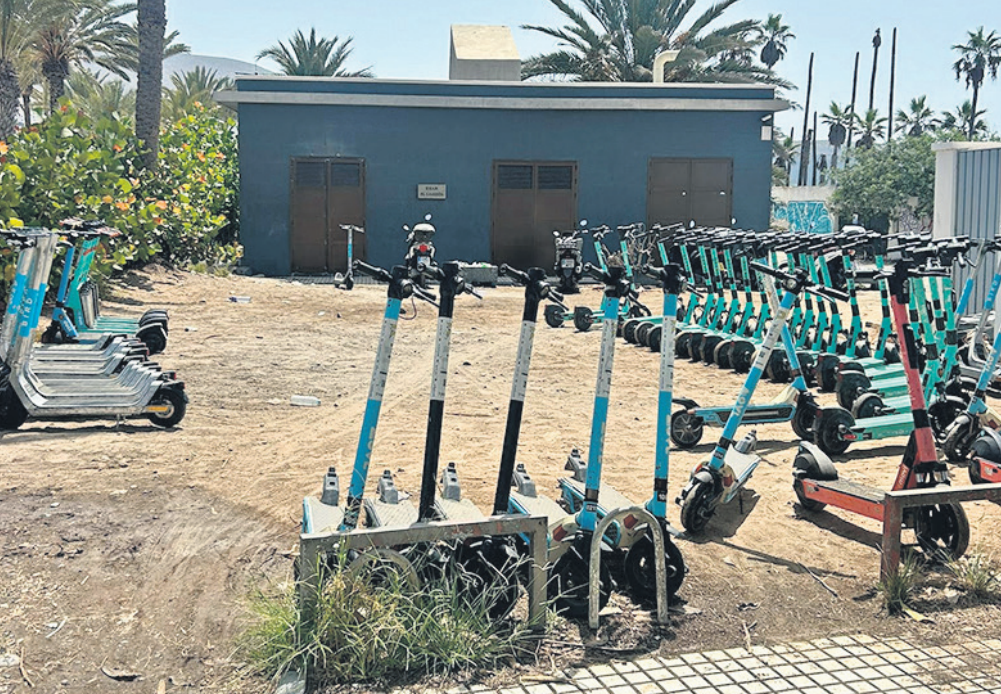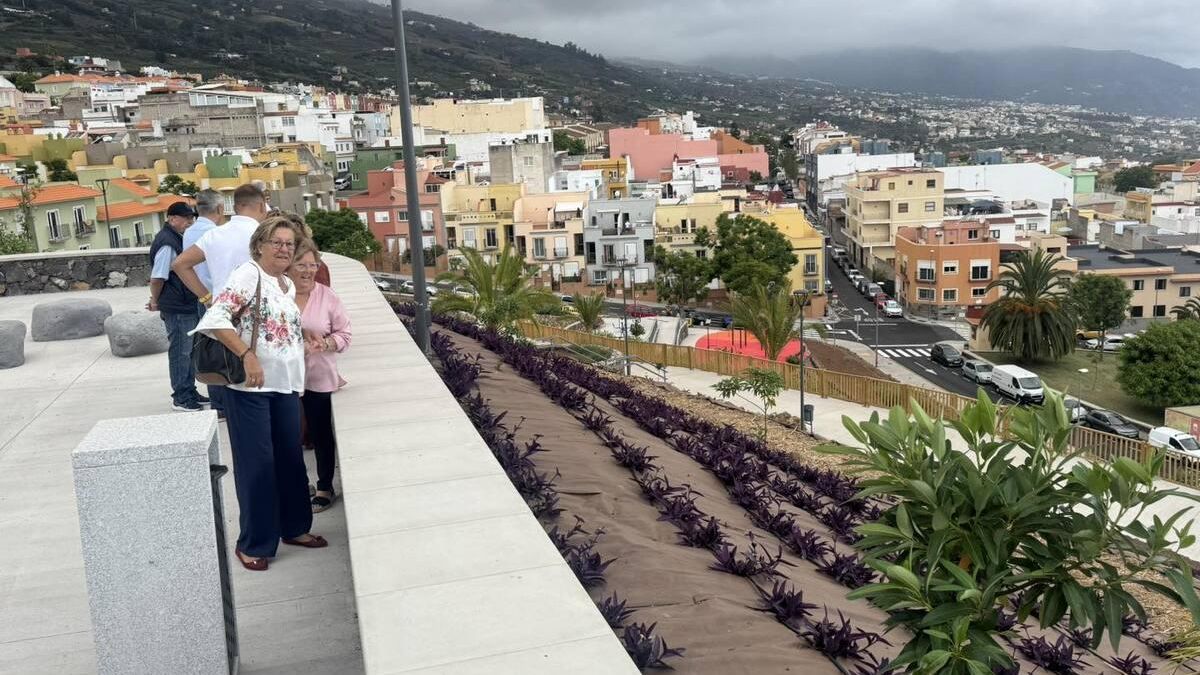The Transformation of Playa de las Américas

Until 1960, the southern coast of Los Cristianos was a flat expanse of tomato plants and prickly pears by the sea. Two decades later, catalogues from Spies, Neckermann, and Thomson were proclaiming it as “the European Miami”: Playa de las Américas.
This was not a mere inherited name or a whimsical choice based on the landscape; rather, it was the brand conceived by a Catalan promoter to position this volcanic plain as the closest gateway to the “New World”.
Mass Tourism
Until the 1960s, the coastal strip between Los Cristianos and Barranco del Rey was an agricultural area (Camisón and Llanos de Troya), filled with tomato and prickly pear plants.
This changed in 1962, when the Catalan businessman Rafael Puig Lluvina purchased 2.3 million square metres to establish the first major sun and beach resort in southern Tenerife.
To develop the resort, he established the company Playa de Las Américas S.A. (company registration TF-3395) and named the project after it.
The Toponym
- “New World” Effect in Promotion.- The agency responsible for selling the first packages in Scandinavia suggested a name that evoked modernity and exoticism. “Las Américas” invoked the glamour of Miami Beach and the idea of travelling “to the other side” without leaving Europe, as detailed in the corporate magazine of Viajes Insular celebrating its 60th anniversary.
- Historical Nod to the Atlantic Routes.- The Cabildo of Tenerife supported the name, as the Canary Islands had been, for centuries, the last European port on the way to America. The heritage blog of Spring Hotels summarises: the name pays homage to the Atlantic connection and “symbolises a multicultural destination born from the transit between continents”.
When It Started to Be Used
- 1964 – The Partial Plan “Playa de las Américas” is approved in Arona and Adeje.
- 1966 – The Tenerife Sol hotel opens. Brochures from Spies Rejser already advertise “Holidays in Las Américas”.
- 1973 – The BOE publishes the concession of desalinated water to the urbanisation “Playa de las Américas, S.A.”, consolidating the toponym in official documentation.
With the boom of the 1980s, the name transitioned from tour operator catalogues to official maps: the National Geographical Institute included “Playa de las Américas” in its 1:25,000 sheets (1987).
Today, it designates an urban continuum that extends across two municipalities (Arona and Adeje) and welcomes over 1.5 million visitors each year.












